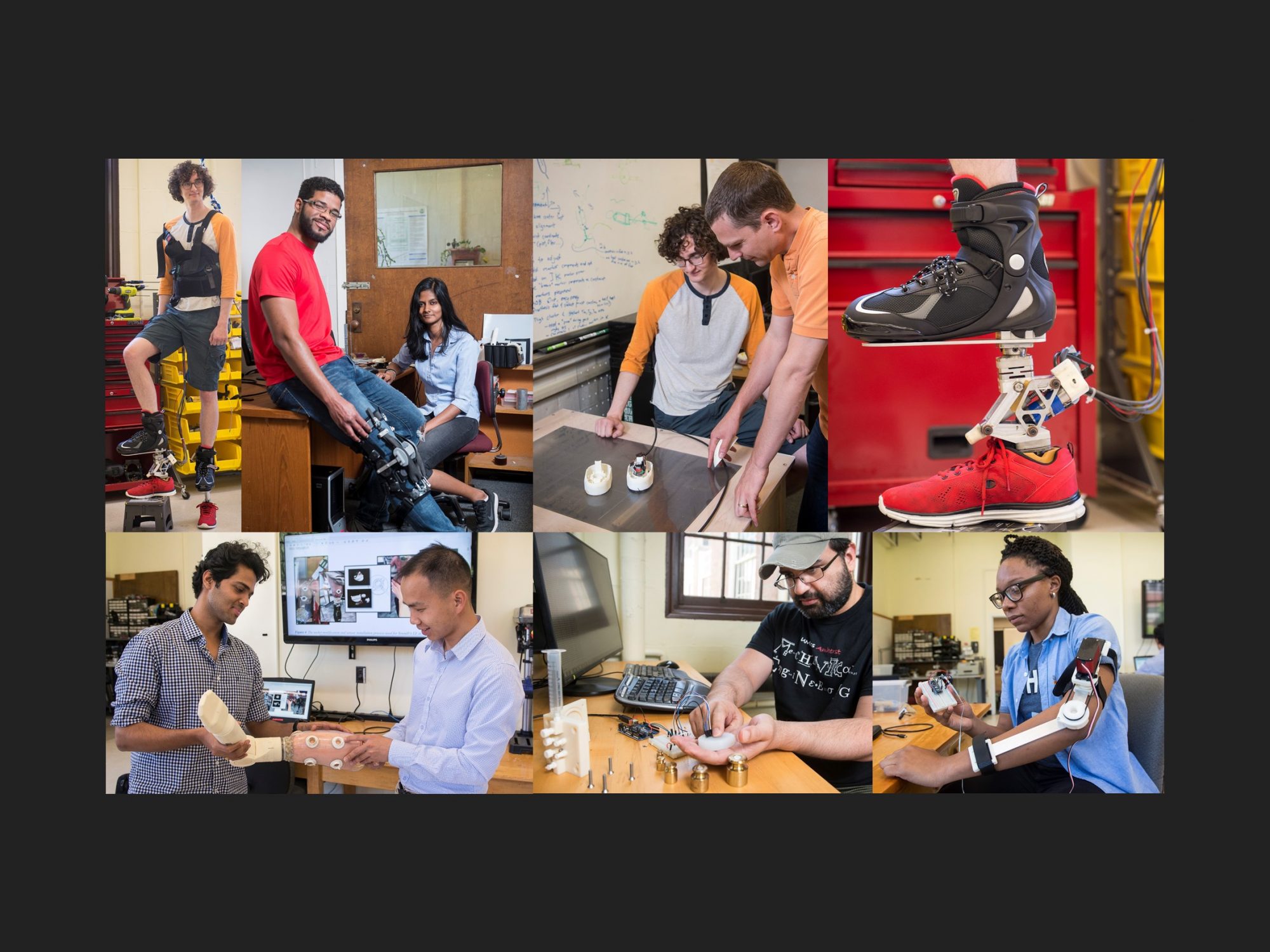An Improved Musculoskeletal Model of Below-Knee Amputees to Aid in Prosthetic Design
This project is in collaboration with Dr. Brian Umberger. We are focused on developing a method to estimate residual bone motion relative to the socket during gait using motion capture techniques. The goal was to study the dynamic interaction that occurs at the stump socket interface during walking. To do this, we developed a new motion capture approach for collecting amputee data that tracks the motion of the knee center relative to the socket shell. After evaluating seven subjects, a critical finding was that the peak socket extension moment was lowest at the preferred speed, and evaluated at both faster and slower speeds. These compensations at non-preferred speeds may increase stump loading at a susceptible site for skin lesions. Additionally, we have performed an initial investigation into the viscoelastic characteristics of pistoning. We found that apparent stiffness for all subjects increased with walking speed. This project is supported by the National Science Foundation as part the National Robotics Initiative (Grant # 1526986) and the National Center for Simulation in Rehabilitation Research.
You can find our model latest below-knee amputee model posted on the OpenSim forum: https://simtk.org/projects/bkamputee_model
Media
[foogallery id=”673″]
